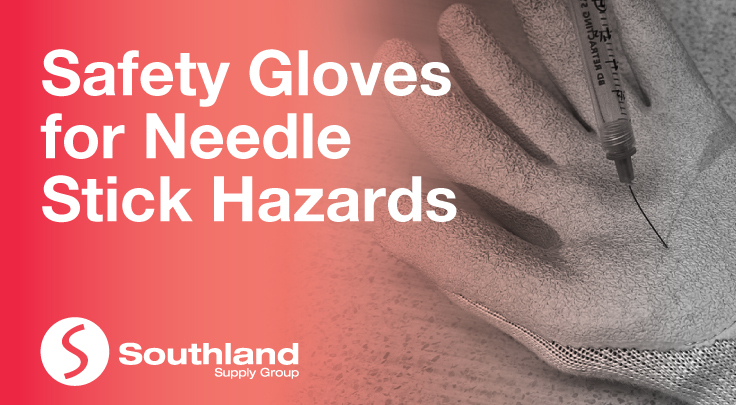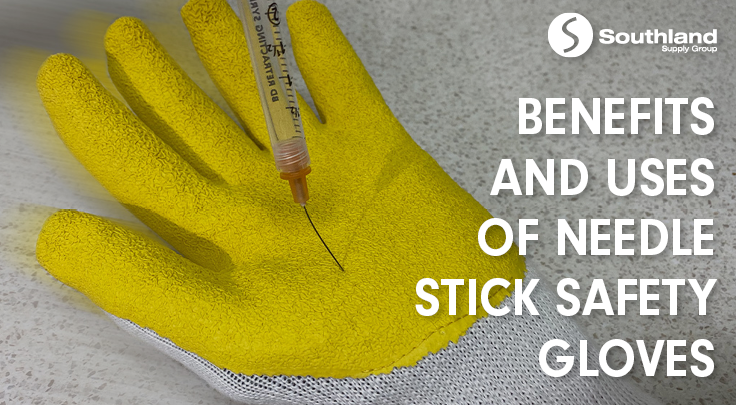Welding is a high-risk job, but with proper heat-resistant gloves, welders can protect their hands from extreme temperatures, sparks, and molten metal. Choosing the right pair ensures compliance with Australian safety regulations and provides essential protection for workers in the industry. Always prioritise safety by equipping yourself with the best welding heat-resistant gloves suited to your needs.
Looking for premium-quality heat-resistant gloves for welding? Explore our range of protective










